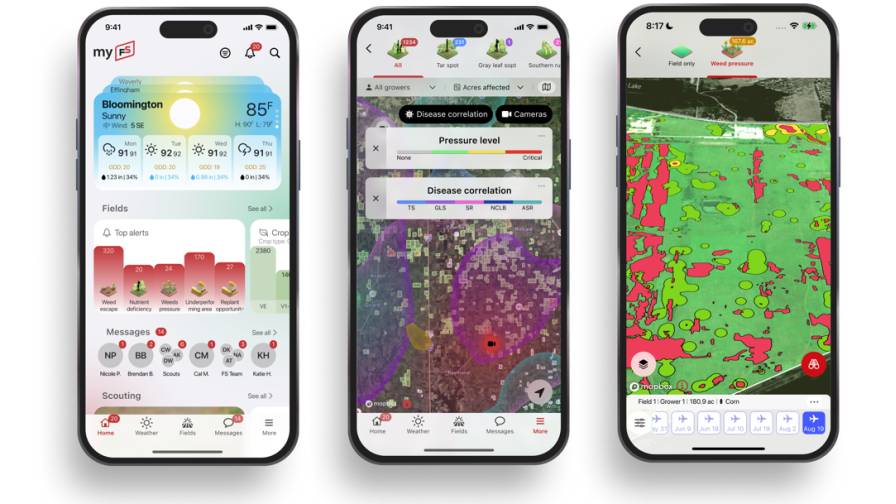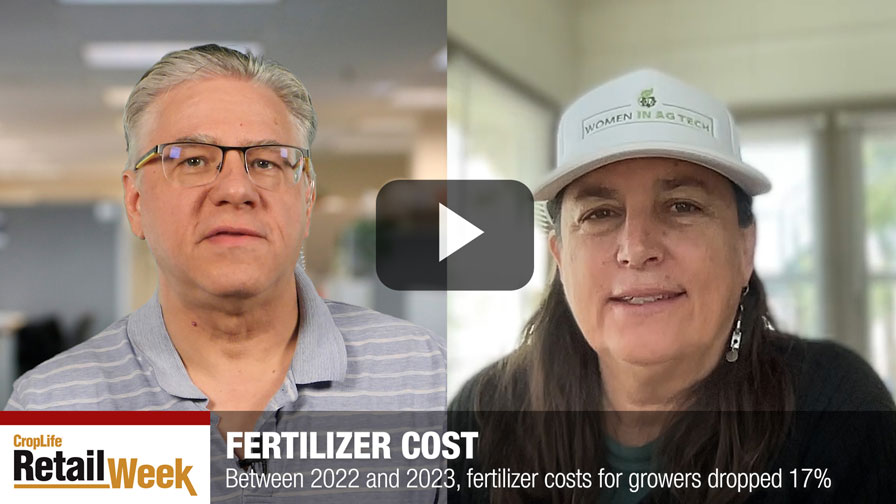Fertilizer: A Year At The Top
When historians look back at 2008, they are likely to view it as the absolute best of times for the fertilizer marketplace. Of course, the question now is will this year be a continuation of the good times that started in 2007 or the industry’s last peak before dropping back into a valley of question marks?
There’s little denying that 2008 was a really great year for the fertilizer market. As Rich Pottorff, chief economist for Doane Advisory Services, said at the recent Fertilizer Outlook and Technology Conference: “It’s been an amazing year for virtually everyone in agriculture, from the suppliers to dealers to end-users. Everyone’s been making money, especially those companies dealing in fertilizer.”
CropLife 100 retailers obviously agree with this assessment. According to figures compiled in the 2008 survey, CropLife 100 dealerships and cooperatives sold over $9.5 billion in fertilizer inputs during the year, up 30% from the 2007 total of $6.7 billion. Fertilizer now represents 50% of all crop input/services sales within the marketplace, up 4% from 2007, and 16% higher than the next CropLife 100 category, crop protection products.
The reason that fertilizer has enjoyed such good times, economically, is the perfect blend of more corn acreage hitting the marketplace at a time when commodity prices have hit near record levels. During much of 2007, the nation’s growers quickly jumped on the alternative fuel bandwagon, planting an additional 12 million acres of corn to feed the country’s growing demand for ethanol. Consequently, this 96 million acres of corn ate up a lot of macronutrients, especially nitrogen-based fertilizers and potash (K).
As the industry charged into 2008, some growers cut back on their corn acreage, down approximately 10 million acres. However, as growers looked to cash in on the bull market for corn among buyers (with prices ranging from $5 to $7 per bushel for much of the year), many boosted or increased their fertilizer consumption to keep their yields high. This kept the 2008 market for fertilizer strong. Of course, in terms of dollars, it didn’t hurt that fertilizer prices also climbed, generating more revenue along the way for suppliers and distributors.
Moving Forward
But will this continue? According to Pottorff, the need for more corn to feed global and domestic demand is not going away. To just maintain the world’s current carryover stocks, he estimates that U.S. growers will have to plant around 89 million acres of corn in 2009 and 93 million acres in 2010. Based upon this, the demand for fertilizer should stay strong for years to come.
But it might not play out this way. “For this to happen, the economics will have to be there, and they are not there right now,” he said. “For growers to make a profit on corn in the marketplace, they will have to get around $4 per bushel. Right now in mid-November 2008, corn is selling for approximately $3.50 per bushel. This could push more growers into higher commodity priced crops such as soybeans or wheat instead of putting their time and money into more corn.”
When the 2008 survey asked retailers what they expected their grower-customers to plant in 2009, 61% said that they thought there would be more corn. Another 61% thought more soybeans and less corn would be in the cards. Ten percent expected corn acreage to grow more than 10%; 25% thought acreage would be flat; and 15% thought corn would decline.
For soybeans, the numbers were similar. Twenty-seven percent thought they would have more than a 10% increase in soybean planting, 25% thought the market would be flat, and 2% thought there would be a more than 10% drop in soybean acres.
The only agreement was in cotton. Here, virtually every CropLife 100 retailer thought the marketplace would see fewer cotton acres. This was borne out by Pottorff’s projections, which pegged cotton production in 2009 at 9.1 million acres, down 300,000 acres from the 2008 total.





